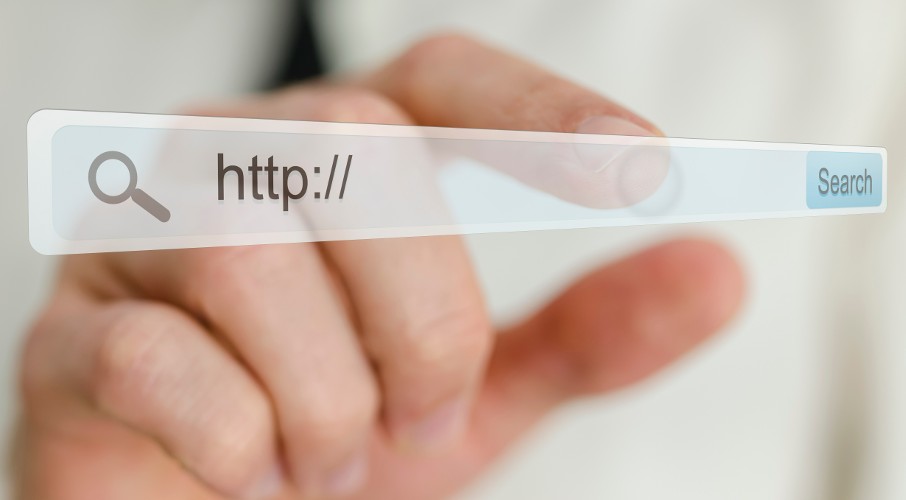What Are ERP Systems?
To simplify this concept, here’s a useful definition: an ERP system is a software solution used to plan and manage a range of business processes. ERP systems help to improve business performance through a number of different functional modules such as finance, sales, manufacturing, supply chain management, and human resources. By integrating core business processes into a single platform, the organisation can run more efficiently.
The History of ERP
The first recognised ERP was the economic order quantity (EOQ) designed by Ford W. Harris in 1913. The EOQ was an inventory review protocol intended to help companies reorder at the right time to reduce inventory management costs. While brilliant at the time of development, this model assumed that demand, ordering, and holding costs all remained constant. Of course, no such assumptions are possible in today’s business environment.
Later, in the 1960s, the manufacturing industry was looking for more efficient ways to control inventory. This led to the development of material requirements planning (MRP), which was faster than manual processes – helping manufacturers monitor inventory and reconcile balances.
MRP eventually evolved into ERP (enterprise resource planning), which provides a comprehensive approach to managing an entire business (one that’s not just limited to manufacturing operations). The term ‘ERP’ was coined by the Gartner Group in the 1990s.
ERP vs MRP
MRP (material requirements planning) was developed when toolmaker Black and Decker computerised Joseph Orlicky’s MRP model in 1964. MRP was used to calculate the materials and components needed to manufacture products.
In 1983, manufacturing resource planning – or MRP II – came into use. As an extension of the original material resource planning model, MRP II software integrates other business functions such as general accounting, cost control, machine capacity, raw materials procurement, and demand forecasting.
ERP – which came about in the 1990s – is the next evolution of this type of software. Gartner defines ERP as a suite of business applications that share a common process and data model, covering a broad range of operational end-to-end processes. ERP is better than MRP because it offers a more comprehensive solution for managing an entire business – making it a more versatile and scalable solution.



















